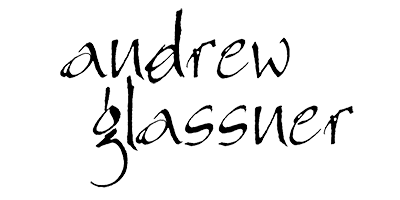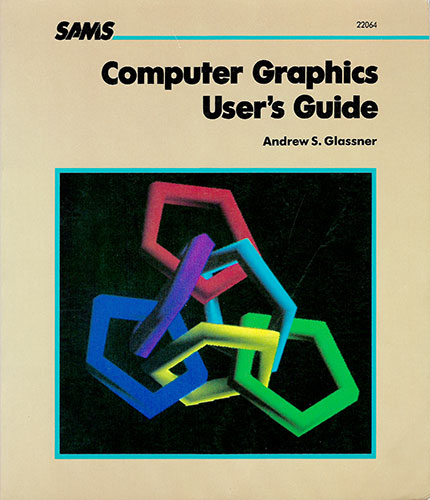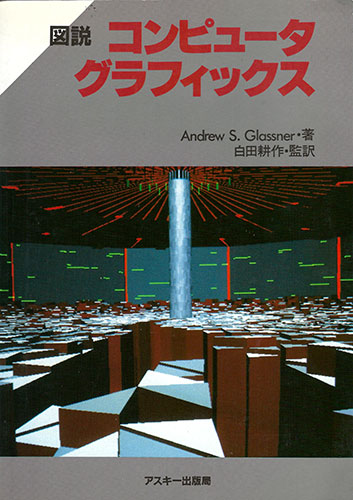Computer Graphics User’s Guide
In the early 1980’s I worked at the New York Institute of Technology (NYIT) Computer Graphics Lab. While I was there we hired several new artists to work on animations and other projects. They were talented and smart, but they didn’t know anything computer graphics. This was no surprise: the field was only a few years old, and people were inventing new and important stuff every day.
The only book available at the time was Principles of Interactive Computer Graphics by Newman and Sproull. That was a great textbook for programmers, and I had devoured it cover to cover, but the math and programming made it impenetrable for artists. They only wanted to understand the principles well enough to do their work, and they didn’t care about the underlying mechanics.
I wanted to write a book for these artists, and others who wanted to learn the basic ideas of computer graphics without mathematics or programming.
I returned to college soon after having this idea, and while an undergraduate in 1983 I wrote Computer Graphics User’s Guide. My first book! The book was published by Howard W. Sams, who at the time primarily published repair manuals for electronics equipment, so this was something of a stretch for them. I made the cover image very late one night while a summer engineer at the IBM TJ Watson Research Center, using the Yoda graphics board. A few months later the book was translated into Japanese. The Japanese publisher chose their own image for the cover, which looks to me like something out of Tron. It was a surreal feeling to look through the Japanese edition, knowing that it was my book, yet I couldn’t read a single word.
If you feel like owning an old book, you can probably find used copies online at reputable used booksellers like Abe’s Books.


